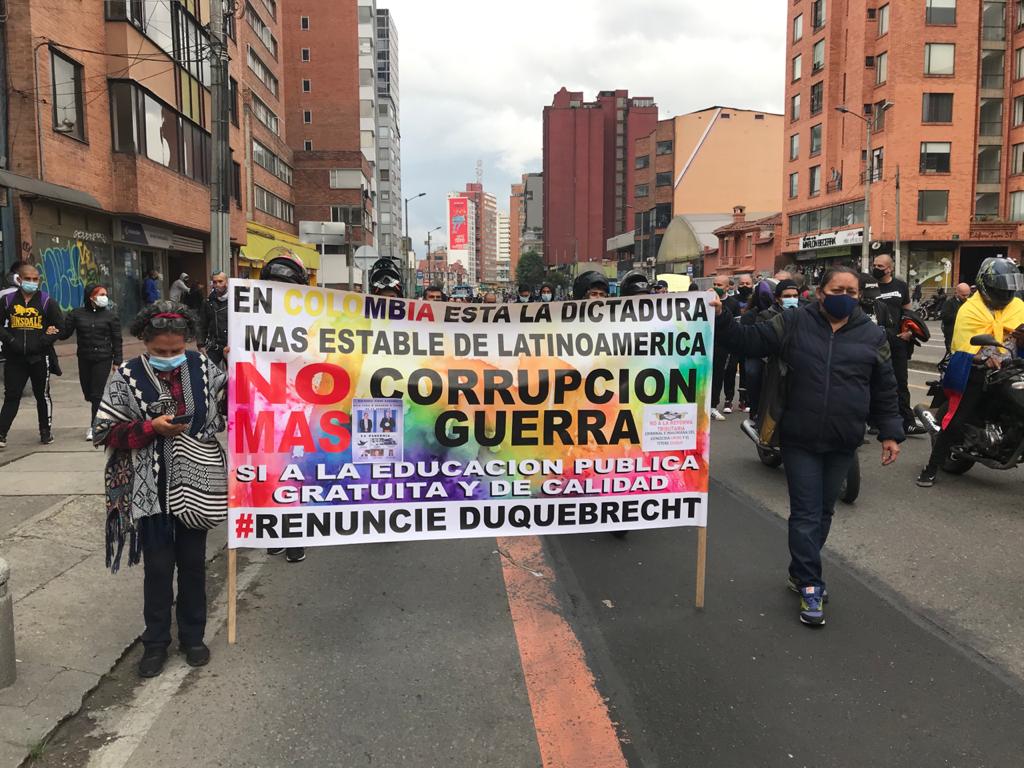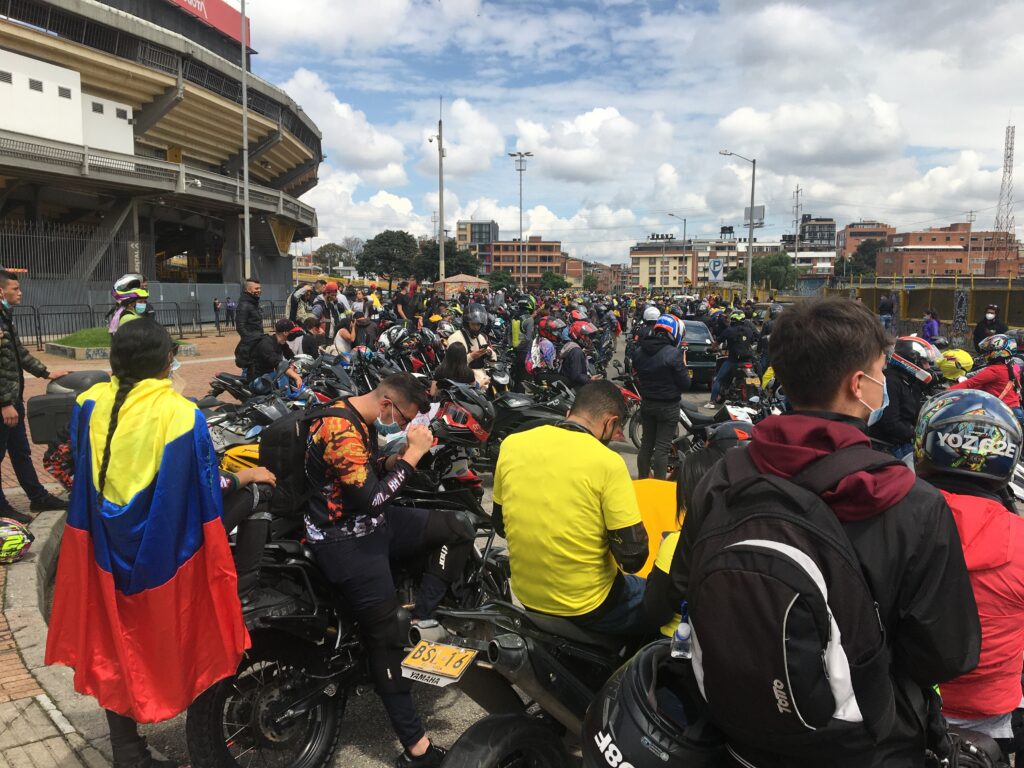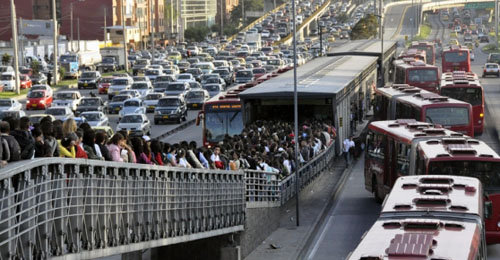The resignation of the finance minister and withdrawal of reforms has not stopped nationwide demonstrations.

This morning, Alberto Carrasquilla, the man responsible for the controversial tax reform, resigned his position as finance minister. One of his deputies, Juan Alberto Londoño, also stepped down.
Carrasquilla has been replaced by José Manuel Restrepo, currently Minister of Commerce, Industry and Tourism. The new job is somewhat of a poisoned chalice as the economist will need to formulate a new tax reform. And it needs to be one people can agree on.
Speaking yesterday, President Duque withdrew the current tax reform and committed to coming up with a new initiative based on “principles of consensus.”
He promised the controversial increase in VAT would be scrapped and said it was time to work together to protect the most vulnerable. “The reform is not a whim. The reform is a must,” said Duque. “To withdraw it or not, was not the discussion.”
According to Reuters, the Colombian peso fell 2.15% to 3,834 pesos to the dollar on the news. That’s the lowest it’s been since October last year.
Some politicians, such as senator Roy Barreras, described it as a win for the people. He tweeted: “The people won! Withdrawal from the tax reform is a popular achievement. Now we must stay alert until the health reform is withdrawn.”
So, does that mean the protests are over?
No. Protests have continued throughout the country, making today the sixth day of demonstrations. That said, the protests on Wednesday, April 28 were much bigger than on subsequent days. The Central Union of Workers (CUT) announced another national strike would take place on May 5.
Today there have been demonstrations in various cities across Colombia, including Bogotá, Medellín, Cali, Cartagena, Barranquilla, and Ibagué. There are roadblocks in several major routes, as taxis and truckers join the protests. Several TransMilenio stations in the capital are closed and the riot police have already clashed with protestors in several cities.
Plus, as Barreras mentioned, there’s another controversial reform on the table — the health reform. It’s come under fire from all directions, primarily because people say it doesn’t fix any of the fundamental problems the health service faces. We’ll come back to that in another article.
So, did the people really win?
It’s difficult to say. To claim people had won would suggest they had a common cause, and it’s not clear that they did. People are clearly furious about the tax reform, but there’s frustration about environmental rights, the progress of the peace process, the killings of social leaders – the list goes on.
As with the protests in 2019, it feels more like a manifestation of general discontent that unified around the tax reform than a protest with one specific cause. It’s almost easier for Duque to pull back the tax reform than to try to tackle the other reasons people are angry.

Plus, there really were elements of this tax reform that really were aimed at helping the worst off. There were also parts that didn’t, but it did include money for social spending and VAT rebates. Moreover, if Colombia can’t pass a tax reform, the country will be in more trouble economically, as it’s currently running a deficit. Its credit rating will be cut from investment grade to junk bond status by various international agencies.
Whether or not the people have won comes down to two factors: What the government can come up with in place of the now-defunct reform. And whether these protests will continue to slide towards violence.
There’s violence?
According to NGO Temblores, over 1,100 cases of political violence were reported between 6am on April 28 and 10am on May 3. It says 26 people have been killed, 142 people have been victims of police violence and nine were sexually assaulted. The NGO accuses the police of deliberately killing at least five people yesterday (May 2).
It reports that the ESMAD riot police have thrown tear gas canisters into buildings and stopped people from getting medical attention.
As we saw in the 2019 protests and the violence last year, when police kill protestors, it is a lot harder to stop the demonstrations from increasing in scale. When Dilan Cruz was shot by riot police, it was only because the majority of marchers were determined to ensure protests would continue peacefully that we did not see large-scale riots.
In September last year, when Javier Ordóñez died after being repeatedly tasered by police, violent protests rocked the capital. Small police stations were set on fire and TransMilenio stations were trashed.
After a year of coronavirus restrictions, people are angry. Peaceful protests in Colombia have escalated to violent clashes at several points already. And if the beeping horns I can hear in the distance are anything to go by, these protests are not close to burning out.
Story updated following announcement that José Manuel Restrepo would be the new Finance Minister.





